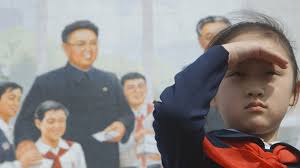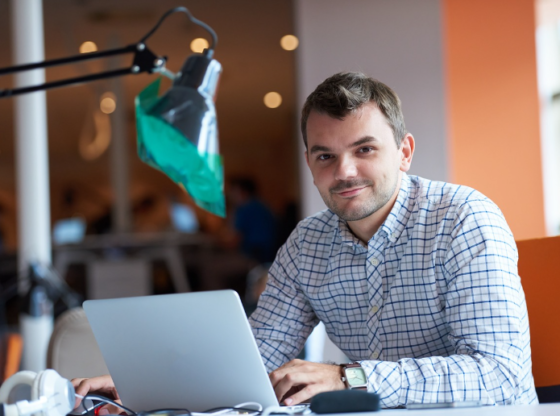It seems as though North Korea is solely talked about in the context of nuclear warfare and communism, and as a country that purposefully isolates itself from the rest of the world, many people understandably have very little knowledge of the day-to-day affairs of North Koreans. In Russian film director Vitaliy Manskiy’s 2015 documentary, “Under the Sun,” he was granted rare access to North Korea to provide a more intimate look into the mysterious country. Unfortunately for Manskiy, though, this did not mean permission to film and say what he pleased. The film begins with a statement that the North Korean government provided a script, chose the filming locations, provided a 24/7 escort service and looked over all footage for “Under the Sun.” Still, Manskiy found ways to tiptoe around his provided constraints. By leaving the camera rolling between takes and smuggling out unapproved footage, Maskiy goes against the wishes of the North Korean government and asks the viewers to read between the lines in order to gain a more honest sense of the people and national culture.
“Under the Sun” follows a typical North Korean family as the daughter, Zin-Mi, prepares to join the Korean Children’s Union on the “Day of the Sun” (the birthday of Kim-Il-sung, the first leader of North Korea). The Children’s Union was created to teach children ages nine to 15 about the ideology, typically called juche, behind the North Korean system. Zin-Mi and her parents function flawlessly, but there is an immediate “too-good-to-be-true” feeling about their relationship. The first indication that “Under the Sun” is about more than meets the eye is in a family dinner scene. After a lengthy conversation about the importance and nutritional value of kimchi, a staple in North Korean cuisine, the family is interrupted by two unfamiliar men who give them feedback and tell them to start the scene over. It is then obvious that the family is working with a script and under strict direction on how to act. The intent of the film, as seen by the North Korean government, is essentially propaganda. They hope to portray this family, and by association the entire country and totalitarian system, as flawless. Throughout the film, Manskiy includes footage of the actors messing up, reshooting scenes and practicing scripts to counteract this agenda.
The truly beautiful moments in this film, the moments that show the common humanity that is often ignored when talking about North Korea, are the “behind the scenes” shots that Manskiy includes against the government’s will. Manskiy never makes any direct statements in the film, but these moments are potent enough to speak for themselves. For instance, in a scene where a group of schoolchildren are seen being told to listen attentively and applaud enthusiastically to a veteran’s story, the viewer is shown a close up of one student in particular as she struggles to stay awake, proving that the children are simply that– children– and not nearly as robotic as they are made out to seem.
If nothing else, “Under the Sun” demonstrates the importance of perspective. The documentary that the government wanted and the documentary that Manskiy created paint very different images of North Korea, and there are a myriad of ways that the same footage could be used to convey different meanings. Documentaries can skew our perception in the same way news outlets or social media can skew our perception, so the director’s bias and objective of the film must always be taken into consideration before viewing. Nonetheless, “Under the Sun” is filled with beautiful shots resembling a Wes Anderson film and small but meaningful insights into an elusive society. “Under the Sun” is available on Netflix, Amazon Prime and iTunes.











